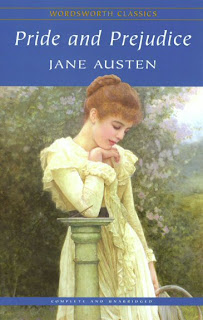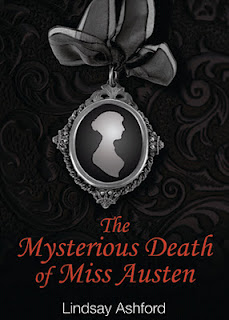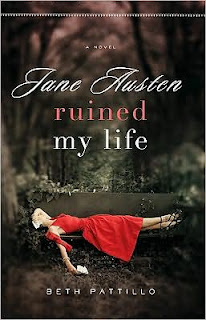Jane Austen arrived at her brother Henry’s new London residence in Hans Place on August 22, 1814. Henry had moved from his previous house in Henrietta Street near Covent Garden to this recently developed area off Sloane Street.
The house now occupying the spot at #23 Hans Place is a Victorian reconstruction, very unlike the house in which Austen stayed. Below, the blue plaque on the house, commemorating her stay on the premises.
The neighborhood around Hans Place was relatively new, developed just off Sloane Street as part of the Cadogan estate and opened out onto uninhabited fields to the west. The Hans in the name honors to Sir Hans Sloane (1660-1753), president of the Royal Society and benefactor of the British Museum, for whom Sloane Square is named.
The general neighborhood has been much in the news lately because the Ecuadoran Embassy is located nearby, the place Julian Assange sought asylum.
A quick check of property values in the area shows that these tall Victorian houses, now mostly institutions or condominiums, are extremely pricey.
Jane Austen described Henry’s house in a letter to Cassandra dated Tuesday 23-Wednesday 24 August, 1814. After sharing a few details of her journey to London, she wrote: “It is a delightful place—more than answers my expectation. Having got rid of my unreasonable ideas, I find more space and comfort in the rooms than I had supposed and the Garden is quite a Love. I am in the front Attic, which is the Bedchamber to be preferred. Henry wants you to see it all…”
In early September, Jane Austen wrote from London to Martha Lloyd, who was staying in Pulteney Street, Bath. She shares her impressions of London fashions: “I am amused by the present style of female dress; — the coloured petticoats with braces over the white Spencers and enormous Bonnets upon the full Stretch are quite entertaining…”
Miss Austen went on to make observations on a recent art exhibit: “I have seen West’s famous painting and prefer it to anything of the kind I ever saw before. I do not know that it is reckoned superior to his Healing in the Temple, but it has gratified me much more and indeed is the first representation of our Saviour which ever at all contented me. ‘His Rejection by the Elders’, is the subject.–I want to have You and Cassandra see it.”
Jane Austen wrote further of her brother’s house (his wife, Eliza de Feuillide Austen had died in April 1813): “I am extremely pleased with this new House of Henry’s, it is everything that could be wished for him and I have only to hope he will continue to like it as well as he does now, and not be looking out for anything better.–He is in very comfortable health; — he has not been so well, he says for a twelvemonth.”
Henry Austen was his sister’s favorite brother, for his talents and charm. He had several careers, first at Oxford, then in the military, and in various business ventures. His bank failed in 1816 and he went into the church, as curate in the Chawton parish and later as rector in Steventon. Henry assisted Jane in her publishing ventures, making deals for the sa
le and repurchase of her books. He oversaw posthumous publication of Jane Austen’s Northanger Abbey and Persuasion.
















































